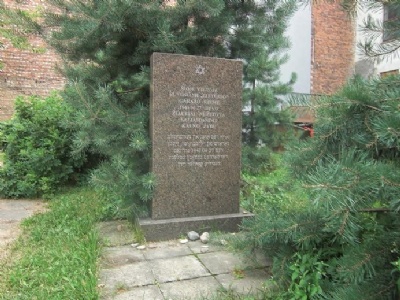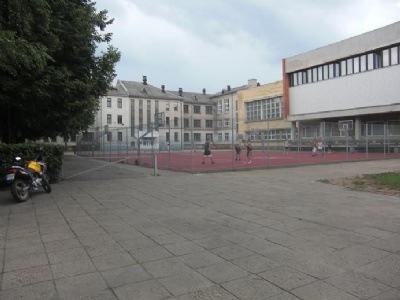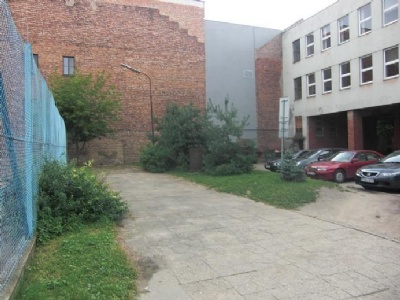Lietukis Garage
In the days before and after the Germans occupied Kaunas June 25, 1941, there were violent pogroms against the city’s Jewish population. One of these pogroms happened June 27, at Lietuki’s garage where 68 Jews were murdered by a group of armed civilian nationalist Lithuanians. The Jews were randomly picked up and taken to the courtyard of Lietuki’s garage where they were first harassed and beaten before the inciting mob killed the Jews with bludgeons, iron pipes and other nasty weapons. The pogrom was witnessed by a large number of spectators who had come to the site out of curiosity and anti-Semitic sentiments. According to testimony, parts of the spectators contributed to the actions by applauding the pogrom. Among the victims were a Rabbi and a child. After the massacre, the bodies were left for public viewing. Whether or not the pogrom was initiated by the Germans is still debated, but it would hardly have been possible without the German tacit or explicit consent.
Current status: Partly preserved/demolished with monument (2010).
Address: Miško gatve 3, Kaunas 44001.
Get there: Car.
Follow up in books: Arad, Yitzhak: Holocaust in the Soviet union (2009).



The pogrom wasn’t the largest or most violent, but the reason why it has become a symbol of anti-Semitic expression in connection with the German invasion of the Soviet Union is that it was photographed. These photographs were taken by the Germans, Wilhelm Gunsilius and Karl Röder, who were both military service men in Kaunas at the time of the pogrom. The photographs show spectators of all ages, both German soldiers and civilian Lithuanians, people actively participating in the pogrom, Jews being killed, executioners posing in front of camera and a man standing among the bodies playing the Lithuanian national anthem on a accordion. In the early 2000s, a monument was erected on the site.